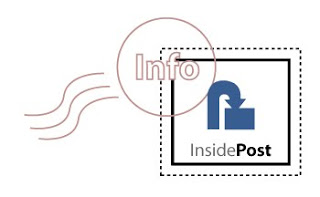

I am sitting at my computer listening to the sound of an angry ocean hitting the reef. There is a flock of low lying clouds hiding the best parts of the pink sunset while beneath shadowy waves assemble to talk about their long journey to this African coastline....
I think I have been writing too many “official documents” with too few creative graphics... My writing sounds like it’s been seriously deprived of colourful descriptions for some time. Perhaps a few more blogs might cure that? Let’s give it a try.
It is my fifth week in Liberia. The rainy season is coming to an end and will soon be replaced by hot, smouldering temperatures that keeps you moving in slow motion until nightfall. It is my first time working in this country and there is much understand: the history, the culture and the hopes. One strand of semblance lives on: I cannot help but find the human spirit a fascinating force in the face of challenges. It was also the case when in Afghanistan, where I visited briefly again in June of this year. Innovation and creativity is a matter of livelihood. Necessity is the mother of invention, as it were. Where my imagination ends; theirs begins, etc. etc.
Last week, I saw a young girl carry 3 blocks of cement on her head as if it were one of those fanciful hats worn at the annual Melbourne Cup. All she had between her head and the blocks was a twisted cotton scarf made to look like the inside of a bowl on one end and a flat surface on the other. Without a doubt, my thoughts of carrying blocks of cements would have definitely involved a set of wheels – not a scarf. Culture, poverty and the state of roads are not necessarily wheel-friendly so young girls carry blocks of cement on their heads.
Indeed it is not how much it weighs that matters but rather our thoughts about the weight – on our head, no least – that makes it a bit surreal. Our expectations about the weight would not bring us to duplicate this technique. In effect, such expectation about the weight does impact the range of choices we see. So it follows, that disconnecting ourselves from expectations that have been drilled into us over the years will expand our range of choices – and in this particular case, keep us in better shape too.
Come to think of it, this is essentially one of the many messages that Napoleon Hill, Bob Proctor, Tony Robbins and Stephen Covey have shared with us over the years: Conceive, believe and you will achieve. They were right.
Photo: Two Liberian women walking with goods and baby.


